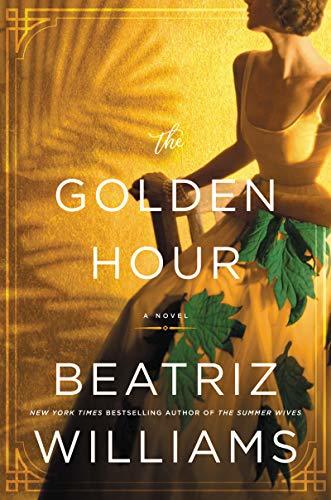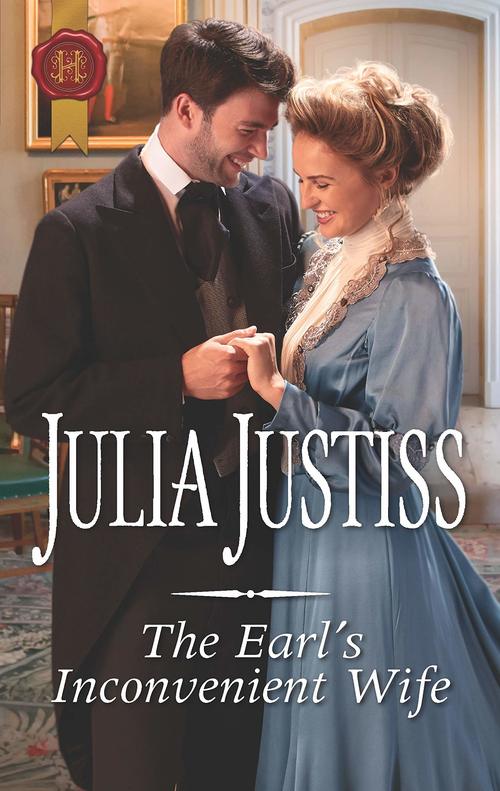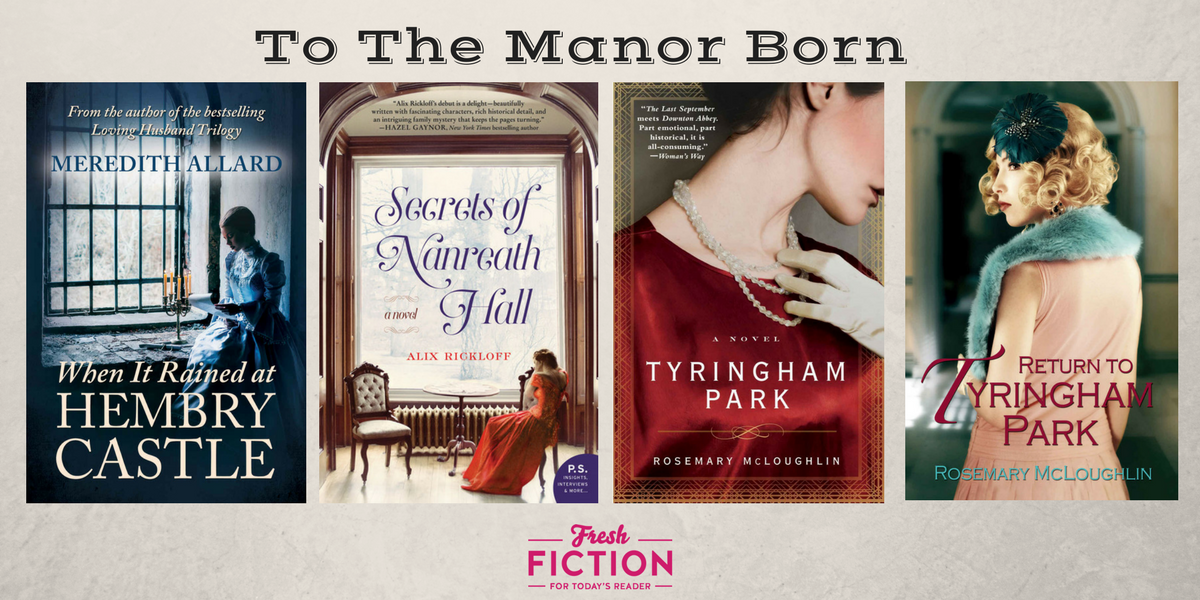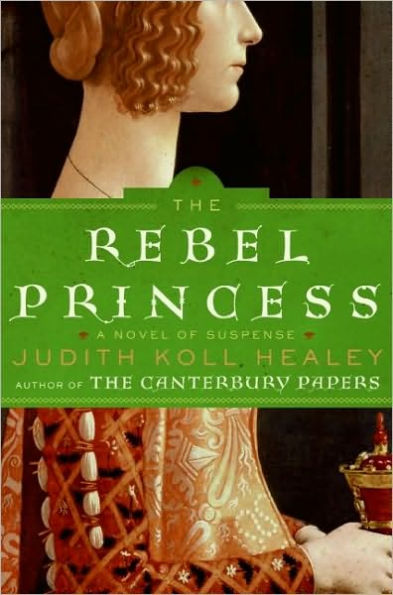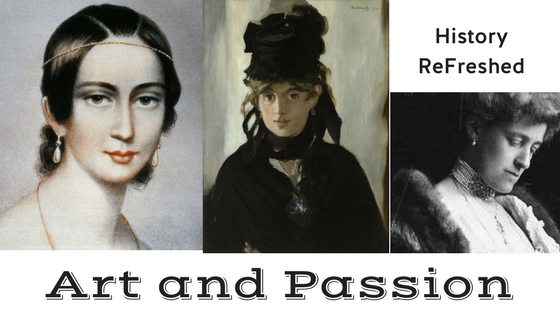Continuing with WWII fiction in honor of the 75th anniversary of D-Day, we’ll focus on stories that illumine some fascinating but lesser-known people and events in the war, most based in historical fact. We begin with THE ONLY WOMAN IN THE ROOM by Marie Benedict. In pre-WWII Austria, beautiful—Jewish–actress Hedwig Keistler catches the eye of the wealthiest man in Austria, arms dealer Fritz Mandl. Knowing that marriage to the powerful Mandl may keep her and her family safe from the rising tide of anti-Semitism, after a short courtship, Hedwig weds him. Certain his glamorous wife doesn’t care about or understand the weapons he develops and sells, Mandl discusses them freely around her with his business partners. But Hedwig is brilliant as well as beautiful, with a life-long interest in science nurtured by her father. When Mendl becomes ever more abusive and controlling, Hedwig flees from him, first to London and then to America—where she becomes film star Hedy Lamarr. But she also carried with her the plans for the Nazi’s weapons systems—and an invention of her own that will pave the way for secure communications and cellphone technology. A look behind the glamorous façade, Benedict’s book reveals a woman as…
For March, where can we look to for inspiring historical fiction but Ireland? And as might be expected in a land of poets, leprechauns, fairies and tragic history, Ireland’s story lends itself to passionate sagas. The first of the two series we’ll look at in honor of this St. Patrick’s Day is a three-book historical fiction epic featuring real Irish revolutionaries Robert Emmet and Michael Dwyer. In TREAD SOFTLY ON MY DREAMS, the first volume of the Liberty Trilogy, Gretta Curran Browne introduces Robert Emmet, born of the Protestant elite who rule Ireland. But though, as the son of the State Physician of Ireland, his place is among the privileged, he also grows up imbued with a deep love of the land and a strong commitment to justice. Troubled by the inequities and repression he sees around him, he sacrifices his brilliant scientific future and his standing among the elite by joining the United Irishman, a society which advocates the union of Catholic and Protestant. Deemed a traitor to his class and religion, he is forced to flee to France, leaving behind Sarah Curran, the girl with whom he’s fallen in love. He returns five years later to begin his…
February means Valentine’s Day, a celebration of love and family. What better way to honor that tradition than by exploring love that endures through generations? So this month’s historical fiction will look at sagas. These sweeping tales of love, loss, challenge, triumph, betraya, and trust pull the reader into the orbit of the protagonist family’s home and friends, detailing the changes wrought by events internal and external over the passage of decades. We begin with CHINA COURT by Rumer Godden. In a compelling intermingling of past and present, Godden presents us the richly vivid life of the Quin family, from the establishment of their Welsh estate, China Court, in the early nineteenth century into the twentieth. Beginning with founders Eustace and Adza, she moves back and forth to upstart village girl Ripsie who marries one Quin brother, and on through the story of Ripsie’s granddaughter Tracy. Weaving in the dramatic outside events that impacted all their lives and the private, personal crises that made and broke apart relationships, Godden creates an intimate portrait of a family over a one hundred fifty year span. The family at the heart of the next saga, C.L. Skelton’s HARDACRE, starts with rags-to-riches Sam Hardacre….
With Christmas nearly upon us, thoughts turn to gifts, gift-giving and what a “gift” truly means. What could be a greater blessing than realizing the “American Dream,” proving that with hard work and determination, a person can come from anywhere with virtually nothing and achieve whatever success they desire? The set of stories we’ll look at this month feature both “haves” struggling to fit into their world and “have-nots” determined to create for themselves a future better than their past. Moving chronologically, we begin with THE SATURDAY EVENING GIRLS CLUB: A NOVEL by Jane Healey. The author follows the lives of four young immigrant women in Boston’s North End, who find friendship and hope for a better life amid pottery-making and conversation at the Saturday Evening Girls Club. All must fight not just poverty and prejudice, but the traditional expectations of their conservative ethnic families. Enterprising Caprice longs to become an entrepreneur running her own hat shop; bookish Ada, to obtain a college education, stunning Maria to avoid becoming trapped, like her Italian Catholic mother, in marriage to an abusive alcoholic, while timid Theo yearns to escape the rigid requirements of her strict Jewish tradition. The friendship and support forged…
As we head into the holiday season, most of us anticipate sharing time with friends and family: those people who love us, assist us and bring joy to our lives. Traditionally, women have played the supporting role in the family, taking care of the everyday business of life to smooth the paths for husband and children, sometimes at the cost of their own ambitions and talents. This month we’ll look at fiction that focuses not on two famous, almost mythically larger-than-life men, but on the private lives of the often-overlooked women they married. Starting with the brilliant, we have THE OTHER EINSTEIN by Marie Benedict. Abandoning the usual early twentieth-century female role of wife and mother, Mitza Maric earned a coveted place studying physics at an elite Zurich university. There she met another, equally brilliant student – the young Albert Einstein. Though Mitza had pledged with several fellow female students to avoid marriage and devote her life to science, she eventually agreed to wed Einstein, with whom she worked and collaborated – there are even proponents who believe she, not Albert, was the true author of the theory of relativity. In any event, her husband removed her name as co-author…
With Paris Fashion Week beginning September 24, lovers of style and all things French turn their eyes to the City of Lights. In addition to producing iconic clothing, France’s twists, turns and sometime abrupt societal changes—from monarchy to revolution to empire–have long inspired historical novelists. Moving chronologically, we start with MADAME TUSSAUD: A NOVEL by best-selling author Michelle Moran. Trained by a Swiss doctor she calls her uncle, Marie Grosholtz becomes a skilled artist in the sculpting of wax and an astute businesswoman who helps run the family firm, Salon de Cire, which displays wax portraits and tableaux of the foremost personalities in France. Although her family’s home is a meeting place for budding revolutionaries like Desmoulins, Marat and Robespierre, when the royal family, impressed by her artistry, invites her to become a tutor to Princess Elizabeth, she cannot refuse. But as she gets to know her student, the king, and the queen better, she finds herself balancing a fine line between sympathy for her royal employers and the increasingly strident demands of the reformers. And when reform becomes the madness of the Reign of Terror, she must put pragmatism before loyalty and do what is necessary to insure that…
Fourth of July and Bastille Day celebrate the dynamic and unprecedented revolutions that spawned two new nations, one a former colony breaking away to control its own destiny, the other throwing off centuries of royal rule to create itself a republic—at least, for awhile. That Revolutionary France, and the dictatorship-turned-empire the followed, is explored by this column’s selection of historical fiction. Moving chronologically, we start with MADAME TUSSAUD: A NOVEL by best-selling author Michelle Moran. Trained by a Swiss doctor she calls her uncle, Marie Grosholtz becomes a skilled artist in the sculpting of wax and an astute businesswoman who helps run the family firm, Salon de Cire, which displays wax portraits and tableaux of the foremost personalities in France. Although her family’s home is a meeting place for budding revolutionaries like Desmoulins, Marat and Robespierre, when the royal family, impressed by her artistry, invites her to become a tutor to Princess Elizabeth, she cannot refuse. But as she gets to know her student, the king, and the queen better, she finds herself balancing a fine line between sympathy for her royal employers and the increasingly strident demands of the reformers. And when reform becomes the madness of the Reign…
As weather turns toward spring, thoughts turn toward love…and those of us who adore lushly romantic period drama sigh and miss “Downton Abbey” anew. What to do, but search for Downtonesque-books to fill that yearning? We begin in the Victorian era with Meredith Allard’s WHEN IT RAINED AT HEMBRY CASTLE. Wealthy American Daphne accompanies her father Frederick to England to visit his dying father, the 8th Earl of Staton. Discovering after their arrival that her cousin Richard, the earl’s heir, has no interest in either the title or the estate he is to inherit, Daphne’s father feels compelled to remain after his father’s death and run the estate for the unreliable new earl. Daphne is drawn into the aristocratic life by her grandmother, the dowager countess, who wants to turn her into an English lady and wed her to a titled husband. Although Daphne finds Edward Ellis, an enterprising young journalist—and grandson of Hembry Castle’s butler—far more fascinating that the aristocrats her grandmother recommends, Edward doesn’t travel in the same society as the residents of Hembry Castle—and is supposed to marry another girl. Love, duty and destiny clash as Daphne tried to untangle the complex web of conflicting interests and…
There’s something about the cold and gloom of winter that makes it the perfect time to snuggle up by the fire or the heater with a hot beverage and a novel about “the Dark Ages.” Far enough from the present to be wrapped in myth and mystery, the extent record of events sketchy enough to allow inventive novelists much room to spin stories, the medieval period is full of fascinating, larger-than-life characters. Along with a queen, the A-named heroines of the books we’ll look at today are lesser figures who play their parts on the same grand stage as their more famous contemporaries. We begin with THE CANTERBURY PAPERS by Judith Koll Healey. Our heroine is well-known to followers of the Eleanor of Aquitaine/Henry II saga–Alaïs, sister of the king of France who is sent to England as a child as Eleanor’s ward, intended to become the bride of the Prince of Wales—but becoming instead the mistress of Eleanor’s husband, King Henry. This novel skips over that well-known triangle to pick up Alais’s story years later, after she has returned to the court of France. She receives an unexpected summons from Aquitaine, where the aging former Queen of England has…
It’s a cliché that artistic people feel more intensely than non-artist types, are more driven by their passionate vision—and frequently live tragic lives. But in the process, they create work that enlightens and enthralls millions of viewers, listeners and readers. The novels we’ll look at here fully support the cliché. Whether the artist be painter, composer, or writer, the passion that consumes them often also brings heartache and disaster. While exploring the inner lives of these artists, the authors telling their stories also give us a vivid portrait of the age and the milieu that shaped them. What more can a reader ask of historical fiction? We begin with music in Janice Galloway’s CLARA, a novelization of the relationship between Robert and Clara Wieck Schumann. Clara’s demanding father, a piano teacher, set out to turn his talented daughter into a celebrated concert pianist—and succeeded. But his control over her began to weaken when pianist Robert Schumann became his student—and Clara fell in love with this man ten years her senior. Wieck vehemently opposed the love affair, refusing to permit them to wed after they became engaged when Clara turned 18. A court battle ensued, and two years later the couple…


